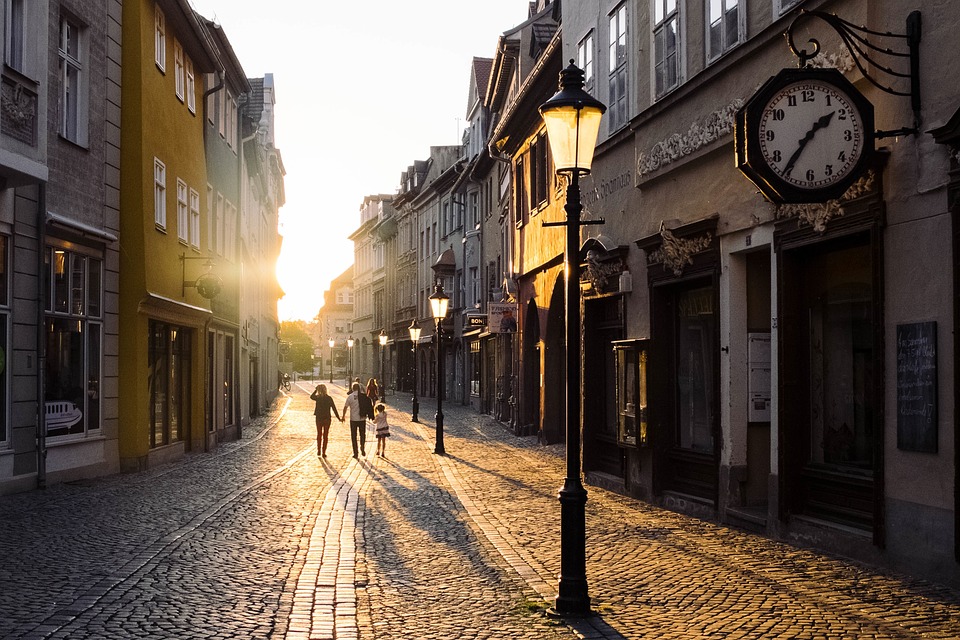A LED street light LED is an incorporated light that uses light emitting diodes (LED) as its light source. These are measured integrated lights because, in most cases, the luminaire, as well as the fixture, are not separate parts. In manufacturing, the LED light cluster is sealed on a panel as well as then assembled to the LED panel with a heat sink to become an integrated lighting fixture.
Diverse designs have been created that incorporate several types of LEDs into a light fixture. Either few high-power LEDs or many low-power LEDs may be utilized. The shape of the LED street light depends on various factors, including LED configuration, the heat sink utilized with the LEDs and aesthetic design preference.
Mainly LED street lights to have a lens on the LED panel, which is designed to cast its light in a rectangular pattern, an advantage compared to traditional street lights, which naturally have a reflector on the back side of a high-pressure sodium lamp. In this case, much of the luminance of the light is lost as well as produces light pollution in the air as well as the surrounding environment. Such street lights may also cause glare for drivers as well as pedestrians.
A drawback of Led Street Light Fixtures focus panels is that most light is directed to the road and less light to the footpaths and other areas. This may be addressed by the utilize of specialized lens design and adaptable mounting spigots.
In performing a LED street lighting project, simple LED luminary models simplify the optimization for high-performance illumination designs. These practical equations might be utilized to optimize LED street lighting installations in order to diminish light pollution, increase comfort as well as visibility, and maximize both illumination uniformity as well as light utilization efficiency.
The primary appeal of Street Light Fixtures is energy competence compared to conventional street lighting fixture technologies such as high pressure sodium and metal halide. Research continues to improve the effectiveness of newer models of LED street lights.
An LED street light based on a 901-milliwatt output LED may usually produce the same amount of (or higher) luminance as a traditional light, however, requires only half of the power consumption. LED lighting does not naturally fail, but instead decreases in output until it requires to be replaced. It is estimated that installation of energy competent street lighting in the 10 main metropolitan areas in the U.S. could reduce annual carbon dioxide emissions by 1.2 million metric tons, the equivalent of taking 212,000 vehicles off the road, and save at least $90 million annually in electricity costs.
- Road way luminaires are mounted horizontally as well as thus have fixed vertical aiming.
- Road way lighting luminaires have exacting intensity distributions which are desired to light long narrow horizontal stripes on one side of the luminaire, while minimizing the intensities on the other side of the luminaire.
- The intensity distributions up as well as down the narrow strip are generally the same.
- Any fixed aimed luminaire which does not have this kind of intensity distribution is called an area luminaire.





